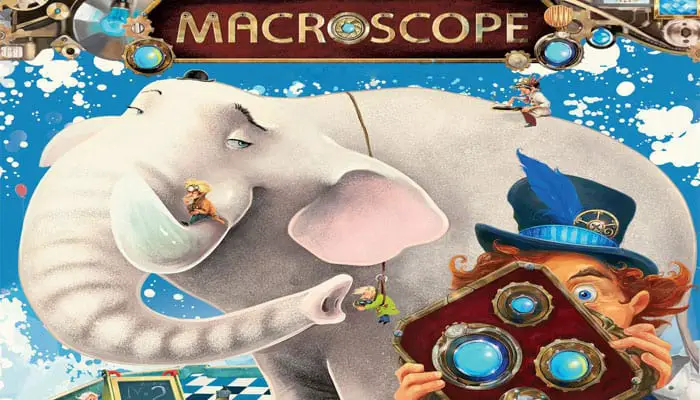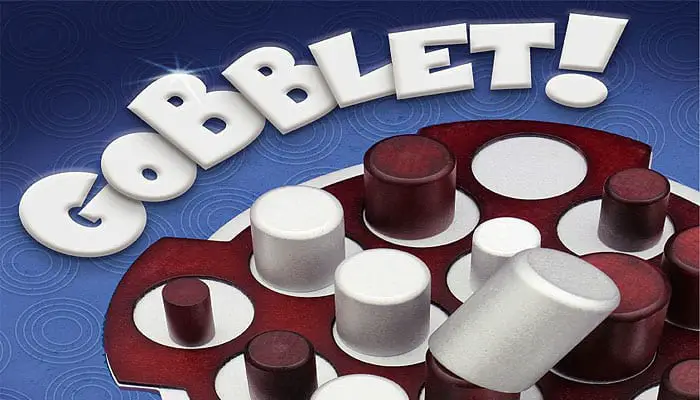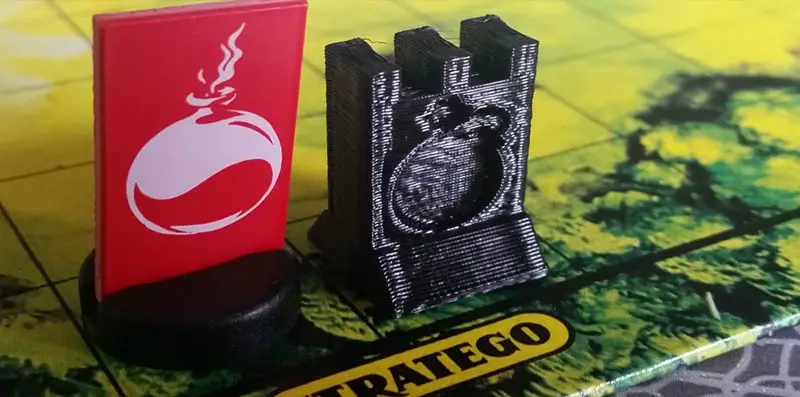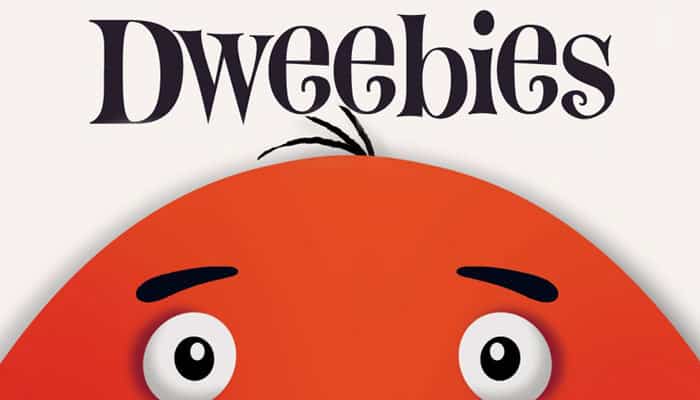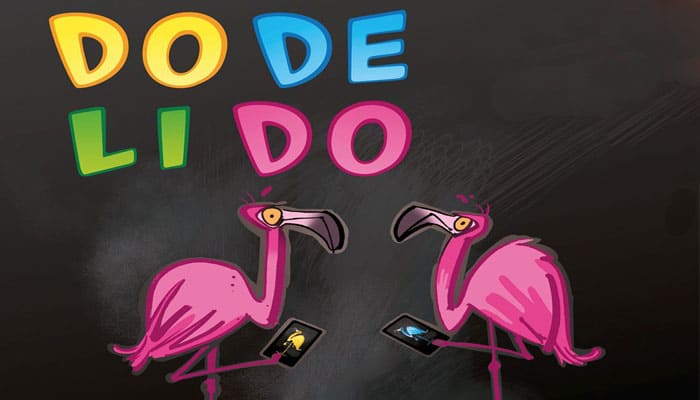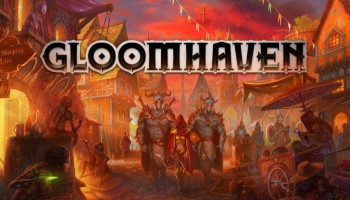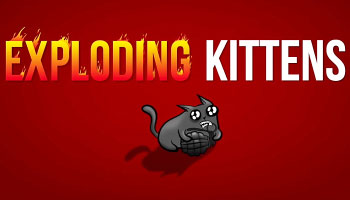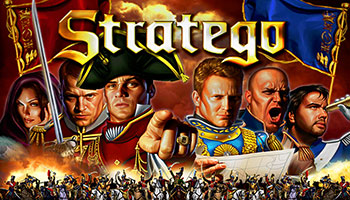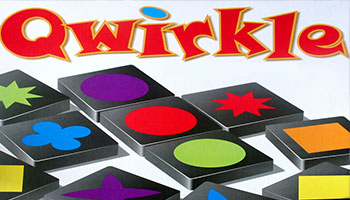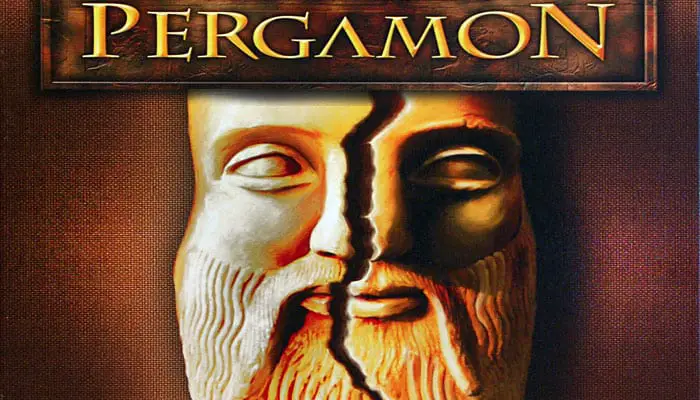
In 1878, the Royal Museum of Berlin commissioned excavations in Pergamon - a site in present-day Turkey. The city experienced its heyday around 200 AC (we are using the Latin abbreviation AC = ante Christum Natum, instead of the more conventional BC) when it was the most important port in the Ancient Roman province of Asia.
Object of the Game
As archeologists your goal is to get as much research funding as possible in order to finance excavations in Pergamon.
You unearth pieces of antique vases, jugs, bracelets and golden masks. Depending on the depth of your excavations, you can find remains from the first five centuries AC. By piecing together matching finds, you build collections that can be exhibited at the Pergamon Museum. …

